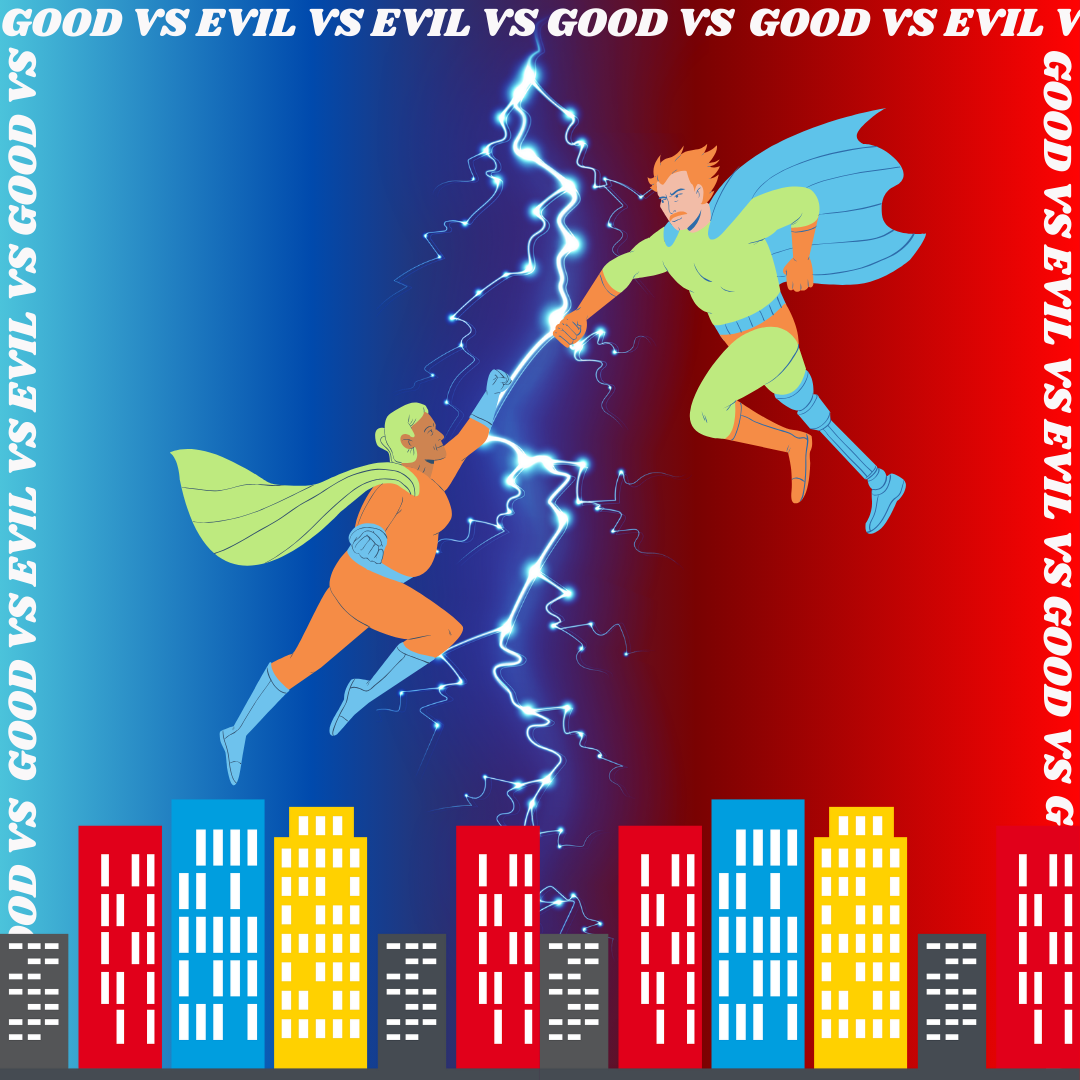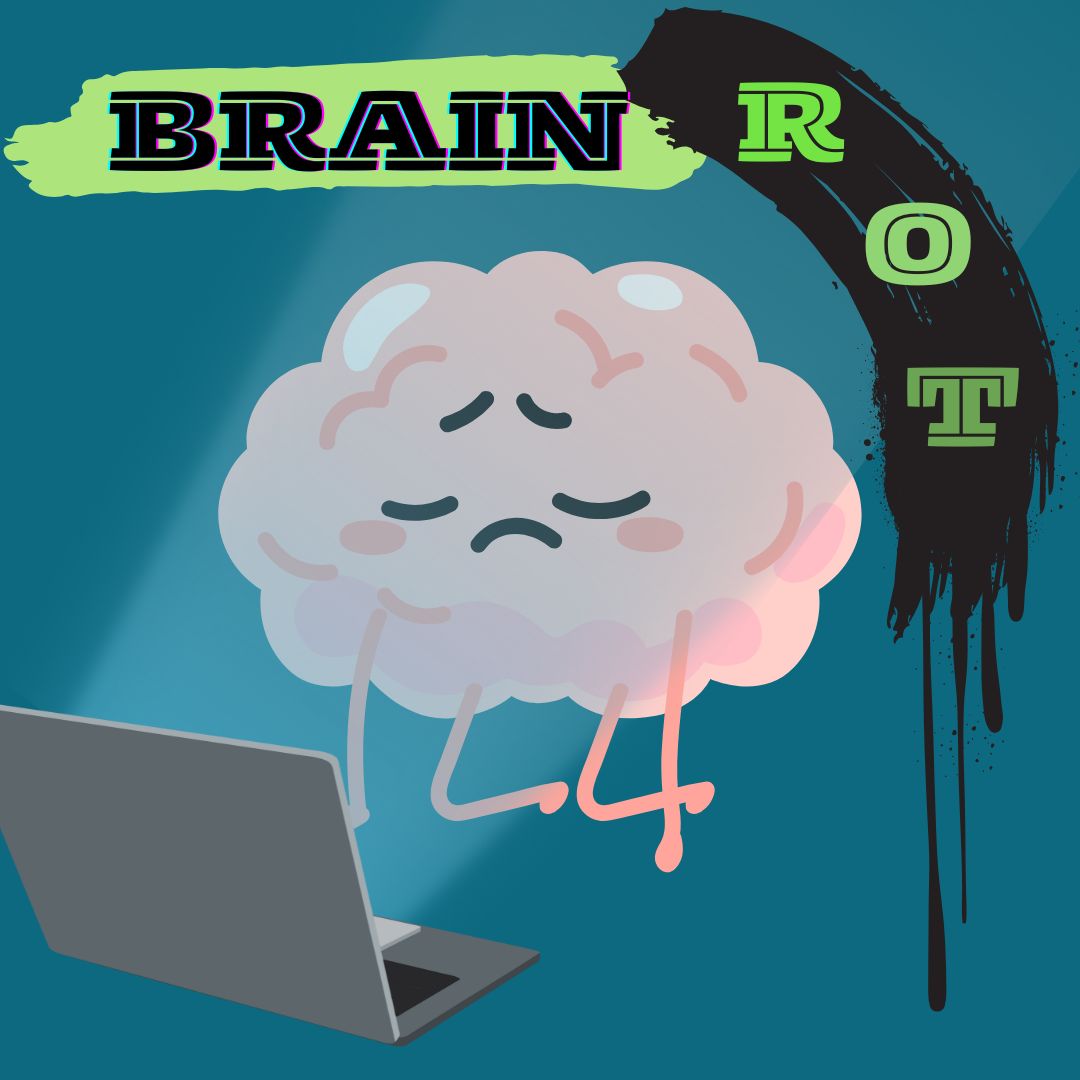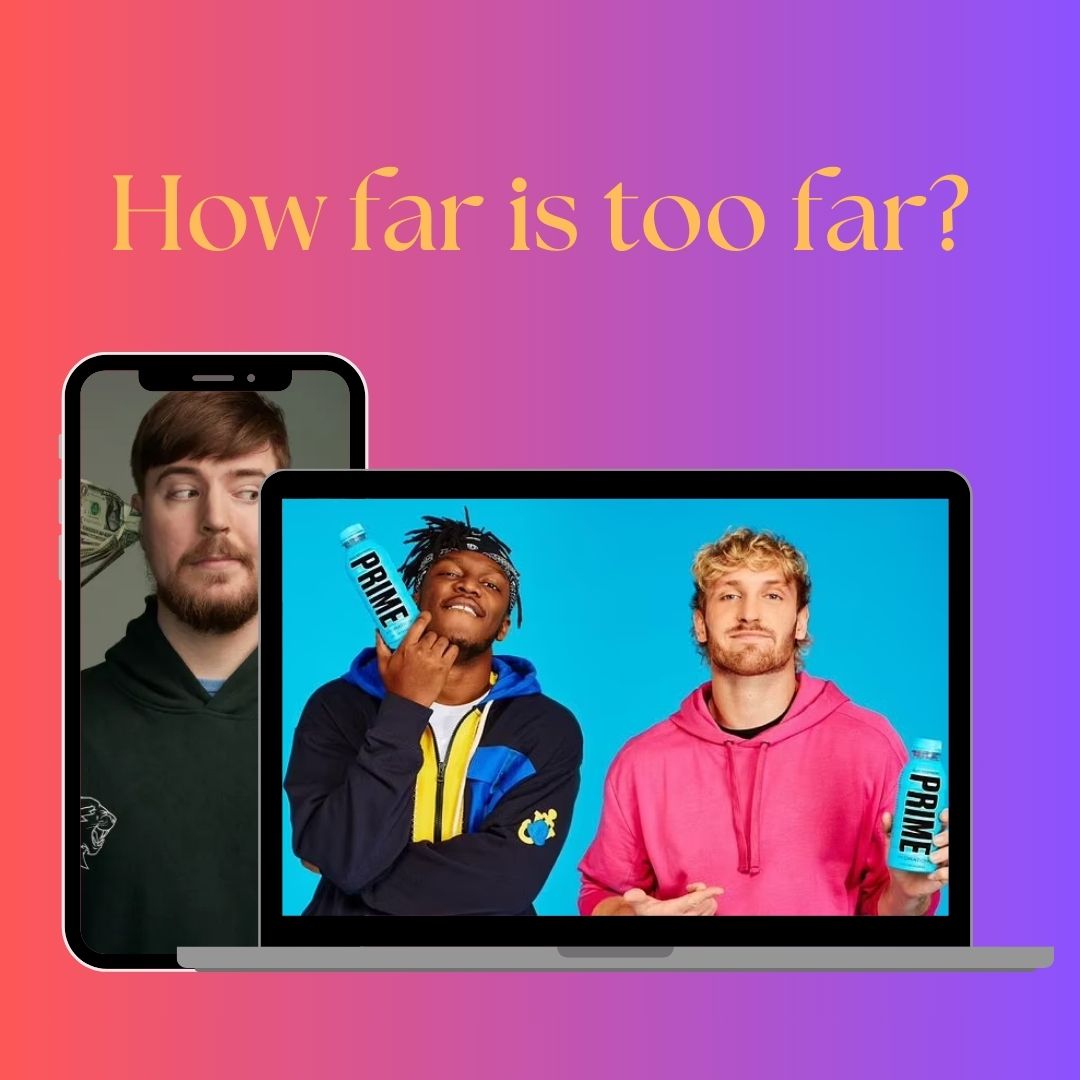
What kid doesn’t want to be a superhero? Growing up, children are fed comics, movies, and stories centered around stereotypically “good” people with superpowers saving the world, putting the “evil” villains in their place. Though these stories may seem inspiring as well as exhilarating, they only explore one side of the narrative. Are the “bad guys” not also people? Do they not have family, friends, lovers, and history? Stories are meant to reflect our world. What do classic superhero versus supervillain plots teach our children about potential “bad guys” in our society? All forms of media neglected to explore the villain’s narrative for most of history, preferring to paint every character in either black or white.
All forms of media until Dreamworks’ “Megamind.”
“Megamind“ – a revolutionary movie for its time – explores concepts of humanity using none other than aliens. At the start of the movie, two young aliens flee their respective home worlds in order to start lives on Earth. One is white and muscular, with shining teeth and a personality to match. This handsome, lucky child slides easily into the home of rich, loving, “good” parents that are ecstatic to have a superpowered baby land in their laps. With the power of flight, indestructibility, and superspeed, this child is a lot like Superman, and unsurprisingly takes the role of a beloved superhero in this version of Earth. The other is blue and big-headed, and ends up crashing into a prison yard. Raised by convicts, undoubtedly alien, and shunned by humans since his arrival on Earth, this child is placed into the role of “villain” before he can even try to prove his worth with his brilliant inventions. This is where the movie begins to stand out from others – instead of cheering on the victories of the classic hero, the audience follows the struggles of a self-proclaimed supervillain trying to find a place in the world. The movie “Megamind,” though presented as a simple, fun comedy for family movie nights, has an extremely impactful message about the true meaning of “good” and “bad,” and should be recognized for its revolutionary storyline, lovable characters, and impact on audiences.
Many viewers, before watching, may attempt to write “Megamind” off as just another superhero story, similar to others that came before it. One official movie review even thought “it looked like a shameless ripoff of ‘The Incredibles’” due to the fact that “both deal with superheroes, and the movies even use similar styles of animation.” However, this reviewer and many more were surprised to discover that this movie contains a deep message about human nature and our society’s values.
Disguised as a harmless animation, “Megamind” explores truths about our world that have not been discussed in this way before, and audiences, if they are not attentive, may overlook these messages after one watch. Individuals in Film Studies recognize that many people “may be ignorant to the intricately crafted brilliance etched into the film the first time around.” Many still believe that “Megamind“ is a shallow film that is more centered around comedy than a true message. While these people are right about one thing – “Megamind“ is hilarious and fun for the whole family – they simply do not look deep enough into the movie to recognize the connection between the movie and our world, and the message the movie is trying to convey.
Primarily, “Megamind“ explores the concept of human nature, and how it affects the desires, needs, and actions of every person – alien or human. Everyone, regardless of their upbringing or actions, seeks to be seen, understood, and accepted by their peers and society. This is reflected in “Megamind,” when at a young age, “Megamind craves the validation and love he sees his peers award to his rival.” This desire to be accepted by his peers leads him to try and prove his worth in the only way he knows how: through invention. Despite his best efforts, Megamind’s classmates still despise him for who he is and brand him as “evil.” This guides him towards a realization: “being bad is the one thing I’m good at.” Megamind, a child searching for his place in the world, unsurprisingly turned to the only thing the world told him he was good at: villainy. Did Megamind decide to fight his long-time rival, Metroman, just because he liked fighting and destruction? No – he decided to be a supervillain because that is the only niche that the world would let him occupy. He decided to be known for something big – and bad – rather than be continuously shunned for not fitting in. Then, after the death of his nemesis, Megamind is left in crisis as the life purpose that he had embraced died along with Metroman.
This film presents Megamind not as a cold-hearted, evil villain, but as a person who is seeking a place in the world. Real people, represented by Megamind, have real needs and desires which they attempt to fulfill. This can lead to them making “bad” decisions, when in reality they are just trying to make the most of their lives. “Megamind“ is one of the first superhero films to explore this, and teaches a valuable lesson to audiences of all ages about the base similarities between all people, and how human nature can cause some of the actions that are usually deemed unsavory.
What this reflection on human nature truly reveals is the failure of our society to properly recognize and support its people. Human nature cannot be changed, but our society as a whole should work towards accepting every person, regardless of their background, race, gender, or talent. Looking at “Megamind,” it is clear that Megamind’s villainous actions are a direct result of his treatment by society as a whole. Megamind accepts that “even fate picks its favorites,” reflecting on his unchangeable past and upbringing. He is also obviously physically different from his peers, unlike Metroman, and that difference is undoubtedly noted by his peers and contributes to their characterization of him as a villain. But though it is true that people cannot change their circumstances, aren’t they at least owed understanding and acceptance from other people, who possess no more control over their past and appearance than they do? As emphasized by the newspage The Eyeopener, “if the world refuses to see past their prejudice and continually labels a person as one thing, what will the outcome be but eventual compliance?” By creating a movie from the point of view of a villain shunned due to things he cannot change, Dreamworks offers viewers a new perspective on the world. Some movies present villains as inherently evil, while “Megamind“ allows for shades of gray instead of just black and white. This portrayal of people as complex, layered beings that are deserving of second chances is an important thing for people of all ages to see and understand.
Alongside the deep and valuable lessons taught within “Megamind,” the movie is also appealing to audiences of all ages and is a very entertaining watch – adding to the value of the film. “Megamind” contains “practically nothing that would put the movie off-limits for viewers of any age,” yet contains timeless humor that is appealing even to adults. Many agree that “Megamind” “is hilarious, with Megamind’s comments so off-handed and in critique of society, you can’t help but laugh.” Additionally, big name actors took part in the movie, with the main characters being voiced by Will Ferrell, Brad Pitt, Tina Fey, and Jonah Hill. The appeal that “Megamind” has for all audiences allows for its valuable lesson to be spread to even more people, and has kept the movie popular long after it was released. Even 14 years after its release in 2010, “Megamind“ is still a hot topic on social media platforms and still sets a standard for new animated films. Many books and movies since the movie’s release have more deeply explored villain arcs and redemption of morally gray characters.
Overall, the impacts that this film has had on culture, media, and people’s perception of the world prove that, although it is a kid’s movie, “Megamind“ deserves recognition for its central message about the meaning of “good” and “evil,” the appeal of the movie for all audiences, and the lasting impact it has had on our world’s culture. Everyone should take a close look at “Megamind“ and look for deeper meanings behind the story, even while enjoying the film’s comedy and fun animation. What an attentive viewer will find is a meaningful reflection on our society and what it means to be human, and will be forced to acknowledge that “Megamind“ is a truly awesome, revolutionary film.










